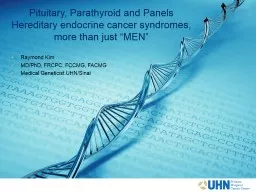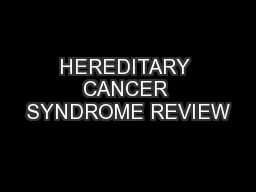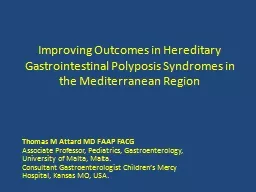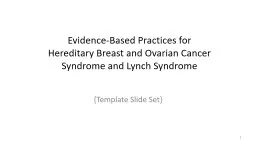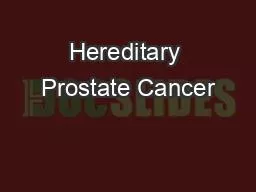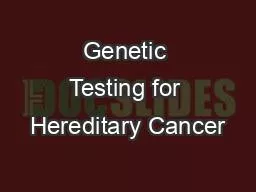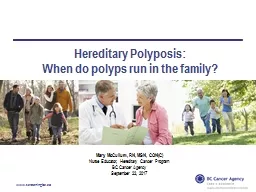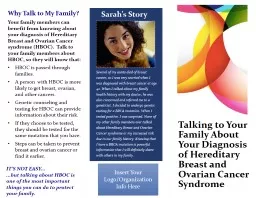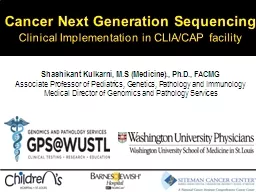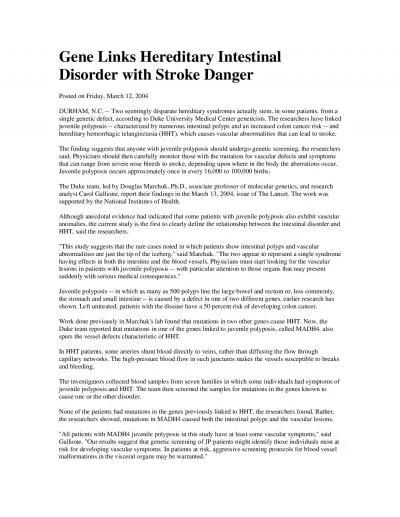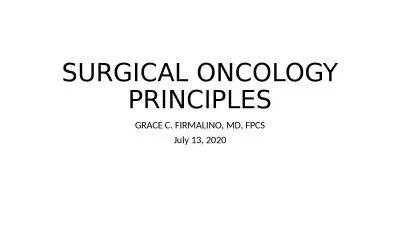PPT-Hereditary cancer, the next generation
Author : yoshiko-marsland | Published Date : 2017-04-27
Raymond Kim MDPhD FRCPC FCCMG FACMG Medical Geneticist Princess Margaret Cancer Centre Outline Genetic terminology and concepts Hereditary cancers When to consider
Presentation Embed Code
Download Presentation
Download Presentation The PPT/PDF document "Hereditary cancer, the next generation" is the property of its rightful owner. Permission is granted to download and print the materials on this website for personal, non-commercial use only, and to display it on your personal computer provided you do not modify the materials and that you retain all copyright notices contained in the materials. By downloading content from our website, you accept the terms of this agreement.
Hereditary cancer, the next generation: Transcript
Download Rules Of Document
"Hereditary cancer, the next generation"The content belongs to its owner. You may download and print it for personal use, without modification, and keep all copyright notices. By downloading, you agree to these terms.
Related Documents

